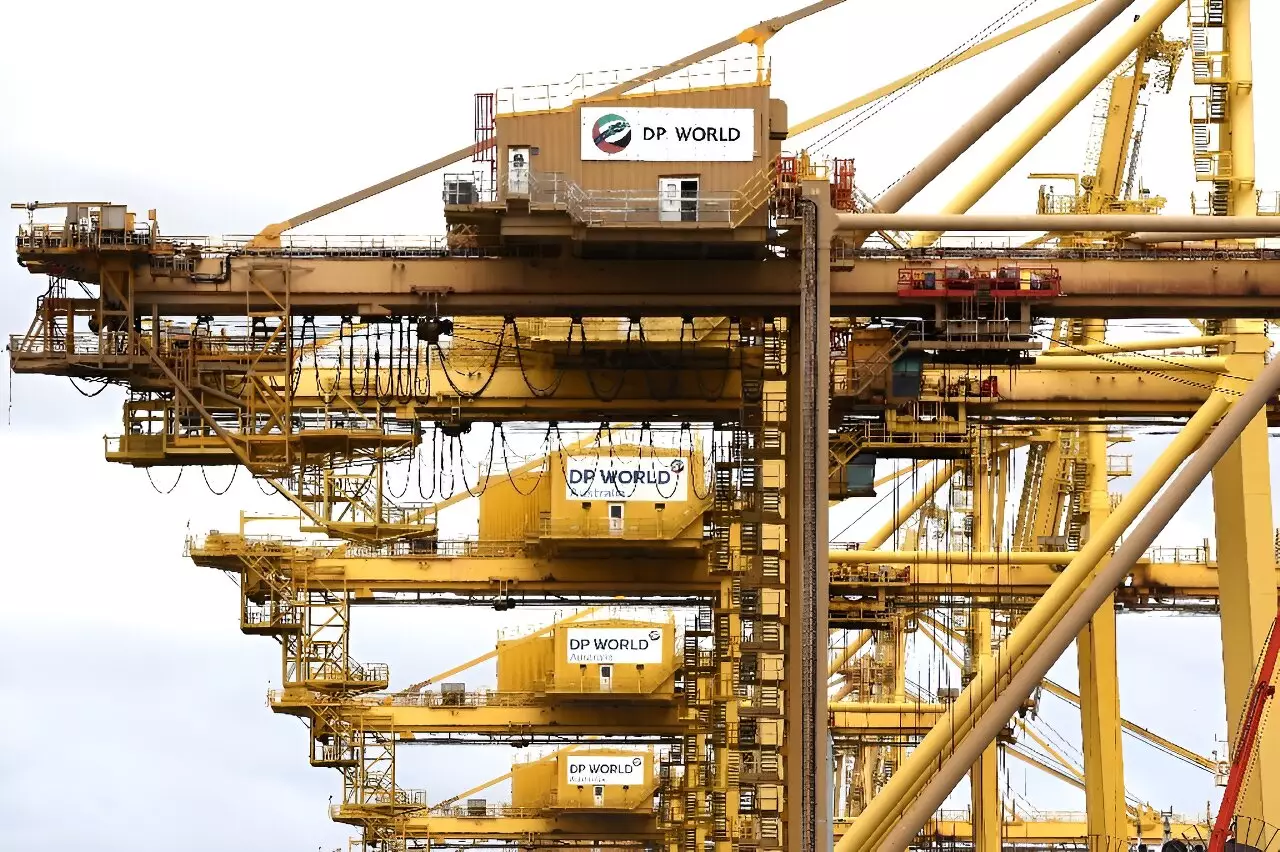Cyberattacks are becoming an increasingly prevalent threat in today’s digitally connected world. The recent attack on major ports in Australia has highlighted the vulnerabilities in the country’s freight trade infrastructure. The operator DP World announced on Monday that the ports, which handle 40 percent of Australia’s freight trade, had reopened after being crippled by the cyberattack. This article delves into the implications of such attacks on the freight trade industry in Australia and the measures being taken to mitigate future risks.
The Cyberattack and Its Consequences
DP World detected the cyberattack on Friday and immediately cut off its systems from the internet. This decision prevented trucks from unloading or picking up cargo at ports in Sydney, Melbourne, Brisbane, and Fremantle. The attack disrupted operations and brought the flow of goods to a halt, causing significant disruptions in the supply chain. The ability of ports to function efficiently is crucial for the movement of goods in and out of the country, making this cyberattack a matter of grave concern.
After successfully testing key systems overnight, DP World was able to reopen the ports on Monday. However, the company anticipates some temporary disruptions in port services in the coming days as investigations and efforts to protect systems continue. The reopened ports initially prioritized the retrieval of imported containers, allowing the slow resumption of operations. Despite the cautious reopening, the company aims to move 5,000 containers out of the four terminals during the day, which is close to the usual daily traffic volume.
Investigation and Remediation
DP World has launched a comprehensive investigation into the cyberattack, and the remediation process is expected to take a significant amount of time. Advisory Alastair MacGibbon confirmed unauthorized activity in the system and stated that data had been taken by someone malicious or unauthorized. While the nature of the stolen information remains undisclosed, it is evident that sensitive data was compromised. DP World is working closely with the Australian government and cyber authorities to address the issue and strengthen their defenses against future attacks.
The Australian government responded swiftly to the cyberattack by holding emergency meetings with DP World and industry representatives. The government aims to enhance the resilience of Australian businesses against cyberattacks, recognizing the increasing threat posed by international criminal syndicates. Tanya Plibersek, the environment and water minister, expressed concerns regarding the extent of cyberattacks on Australian businesses. Many victims choose to pay ransoms without reporting the incidents, making it challenging to gauge the full scale of these cybercrimes.
Cybersecurity experts have pointed out that Australia’s inadequate safeguards and the accumulation of sensitive customer information make it an attractive target for hackers. The country has witnessed significant data breaches in recent years, with high-profile incidents affecting organizations like Medibank and Optus. These breaches exposed the personal details and medical records of millions of individuals, underscoring the need for robust cybersecurity measures.
The cyberattack on Australia’s major ports has shed light on the vulnerabilities in the country’s freight trade industry. DP World’s swift response and the resumption of operations are commendable, but the incident serves as a wake-up call for the industry and the government. Strengthening cybersecurity measures, conducting thorough investigations, and collaborating with cyber authorities are essential steps in mitigating the risks associated with cyberattacks. Protecting critical infrastructure is crucial for maintaining the smooth flow of goods and safeguarding the country’s economy.



Leave a Reply